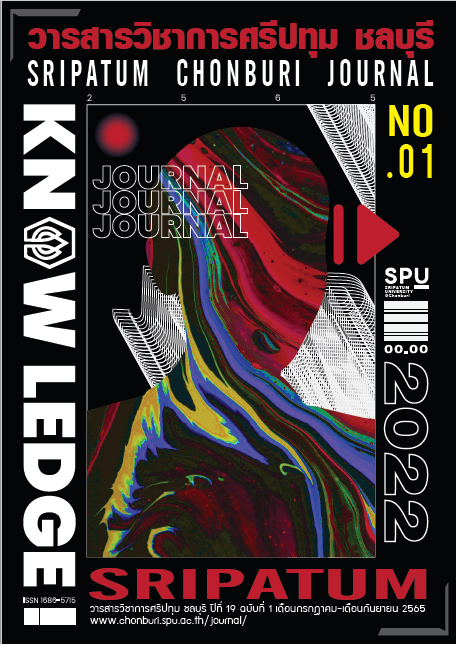THE INFLUENCE OF EXTERNAL ENVIRONMENTAL FACTORS ON THE CONSUMPTION BEHAVIOUR OF CHINA’S NEW MAINSTREAM FILM AUDIENCES
Keywords:
External environmental factors, Consumption behavior, China's new mainstream films audiencesAbstract
In China, almost all the new mainstream films have gained good word-of-mouth and high box office. This paper aimed to find out the effect of external environmental factors and the mediator effect of internal factors on the consumption behavior of the new mainstream movie audiences. Based on quantitative research method, this paper adopted questionnaire survey to collect data. A total of 444 valid questionnaires were collected. AMOS software was used for structural equation model test of hypothesis. Respondents had to have experience watching new mainstream Chinese films, and the author relied on the Film and Television of Communication University and the Film Association to distribute the questionnaire.
It was found that cultural values and internal psychological factors had a direct positive impact on ticket buying behavior. When internal psychological factors were used as mediating variables, marketing mix, cultural values, group pressure and media information could all have a positive impact on ticket buying behavior. Therefore, in order to further improve the box office, filmmakers should pay special attention to the formulation of industrial policies to improve the recognition of cultural values, and the society should strengthen art education to improve the audience's aesthetic appreciation.
References
China Film Bureau. (2021). China Hall of Film (Online). Available: http://Chinafilm.gov.cn [2021, November 8].
Dan, Xie. (2015). Image infiltration of national image Construction —— A Study on the creative value of Korean director Lin Quan-taek's
films. Drama and Film Science and Art Program, School of Academy of Television and Film Chongqing University.
Gilad, Mishne., & Natalie, Glance. (2006). Leave a Reply:An Analysis ofWeblog Comments (3rd ed.). Annual Workshop on the Weblogging
Ecosystem, Edinburgh: UK.
Hongdi, Nie. (2015). An empirical study on the factors affecting the movie box office revenue in China. Program of Production management,
Management, School of Management Beijing JiaoTong University.
Jauss, H.R. (1987). Reception aesthetics and reception theory. Shen Yang Liao: Liaoning Publishing House.
Jinghua, Dai. (2004). Film criticism. Beijing: Peking University Press.
Litman, B. R. (1989). Predicting Success of Theatrical Movies: The 80's Experience. Journal of Media Economics, 11(3), pp. 35-50.
Liyu, Liu. (2013). The influence of the film reputation on young consumer’s willing. Program of Production Management Management,
School of Management Hunan University.
Mihir, Bose. (2018). A history of Bollywood cinema. Shanghai, Shanghai province: Fudan University Press.
Nannan, Cao. (2017). Research on Arts consumer behavior of domestic big-budget Movies. Theory of art Arts Management Program,
College of Art and Design Wuhan University of Technology.
Ning, Ma. (1999). 2000: The real beginning of the new mainstream. Contemporary Cinema, 2, pp. 16-19.
Shan, Sang. (2019). Study on influence of overseas imported movies on Chinese film audience consumption preference based on TRA Model.
Program of News and Communication News and Media Management, School of Management ZheJiang University.
Wenbin, Zhang., & Steven, Skiena. (2009). Improving Movie Gross Prediction through News Analysis. in ACM International Conference on
Web Intelligence.
William, J. B. (2004). Management and the arts. Beijing: Five Senses.
Wolfgong, Iser. (1969). The summoning structure of text. Beijing: China Social Sciences Press.
Xiaoping, Fan. (2016). Research on the Motivation and behavior intention of superhero movie audience——take marvel movies as an
example. Journalism and Communication program Department of Communication, School of Journalism and Communication Jinan
University.
Xuguang, Chen. (2017). Chinese New Mainstream Blockbuster Movie: Interpretation and Construction. Movie and Media program, Hundred
Schools in Arts Hunan University and Technology.
Downloads
Published
Issue
Section
License

This work is licensed under a Creative Commons Attribution-NonCommercial-NoDerivatives 4.0 International License.
บทความทุกบทความเป็นลิขสิทธิ์ของวารสารวิชาการศรีปทุม ชลบุรี



